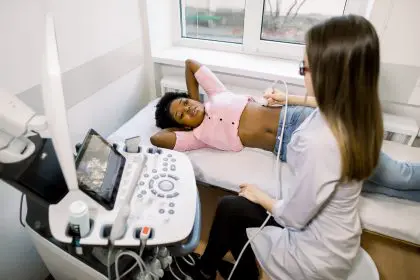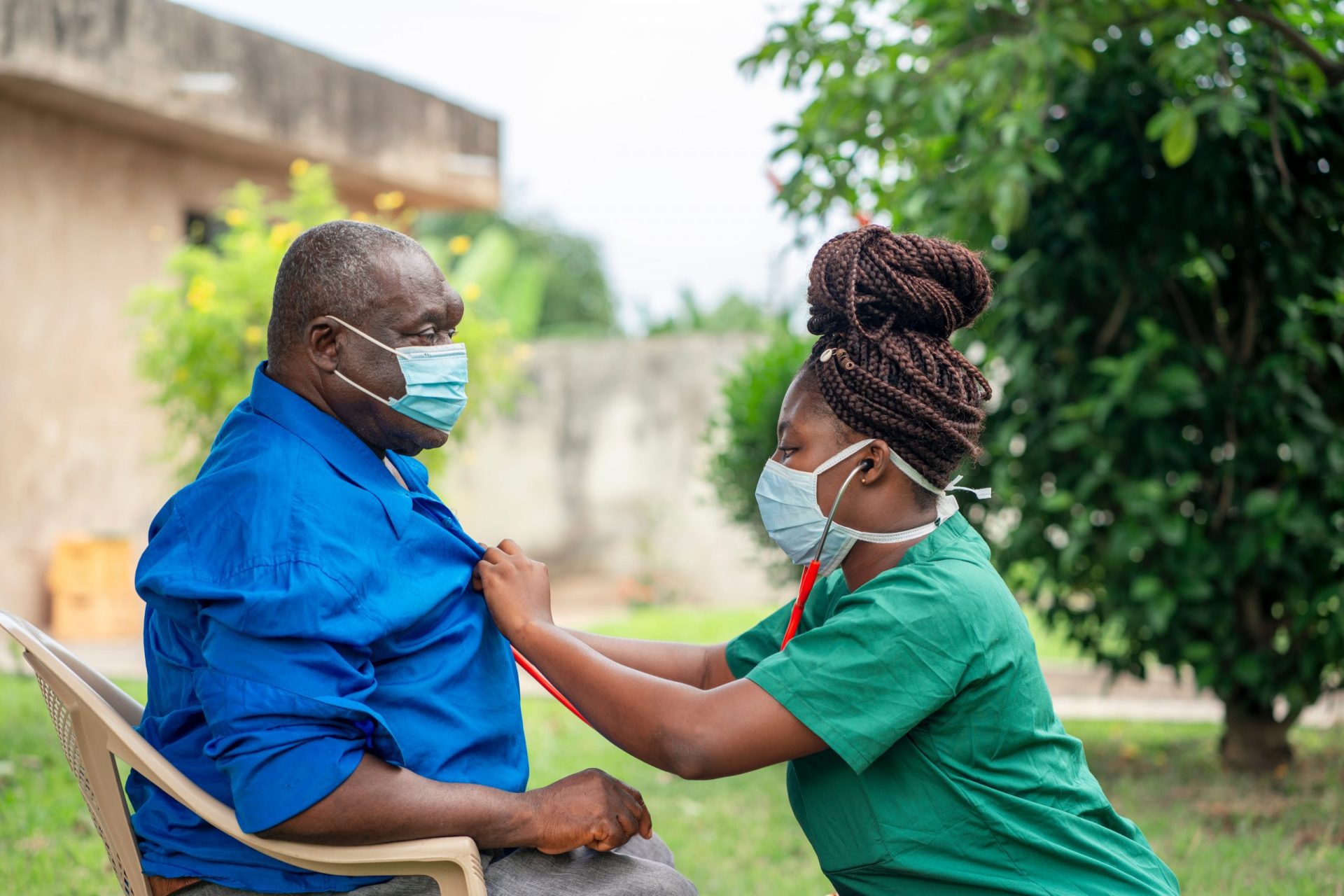A revolutionary development in cervical cancer screening is transforming the way millions of women approach their health care. The FDA’s recent approval of self-collection kits from leading healthcare companies Roche and BD marks a significant step forward in making cancer screening more accessible and comfortable for women worldwide.
Understanding the innovation
These groundbreaking self-collection kits represent a dramatic departure from traditional pap smear procedures. Similar to the simplicity of providing a urine sample, women can now collect their own cervical samples using a specialized swab that resembles a Q-tip. This process eliminates the need for a speculum, addressing one of the primary sources of discomfort and anxiety in traditional screening methods.
The science behind self-collection
The effectiveness of these new tests matches that of traditional pap smears in detecting cervical cancer. This equivalency in accuracy while providing a more comfortable experience represents a significant advancement in women’s healthcare. The testing process maintains medical rigor while reducing physical and emotional barriers to regular screening.
Medical perspective and validation
Dr. Christine Greves of the Winnie Palmer Hospital for Women and Babies emphasizes the importance of having alternative screening options. Her expertise highlights how these new tests can particularly benefit women who find traditional pap smears traumatic or uncomfortable, potentially increasing screening rates among hesitant populations.
Practical implementation
The rollout of these innovative tests begins with BD’s kit becoming available in September, followed by Roche’s version later in the fall. This staggered introduction allows healthcare providers to gradually integrate these new options into their practices while ensuring proper training and implementation procedures.
International context
Other countries have already embraced similar testing methods, with Australia leading the way in implementing self-collection options. This international experience provides valuable insights into the successful integration of these tests into standard healthcare practices.
Insurance and accessibility
As with many medical innovations, insurance coverage for these new tests remains in development. While the American Cancer Society has endorsed these screening methods, the process of securing widespread insurance coverage may take time, highlighting the need for continued advocacy in women’s healthcare.
Complementary approach to health
While these self-collection kits offer an exciting alternative, they’re not intended to completely replace traditional examinations. Regular speculum exams continue to provide valuable information about women’s overall reproductive health that extends beyond cervical cancer screening.
Impact on healthcare access
These new testing options have the potential to increase screening rates among underserved populations and women who have historically avoided cervical cancer screening due to discomfort or trauma. This advancement could lead to earlier detection and better health outcomes for many women.
Future implications
The introduction of these self-collection kits may signal a broader shift toward more patient-centered healthcare solutions. This development could inspire similar innovations in other areas of medical screening and diagnosis.
Educational needs
Healthcare providers face the important task of educating patients about these new options while ensuring they understand both the benefits and limitations of self-collection methods. Clear communication about proper sample collection techniques will be crucial for optimal results.
Global health implications
The success of these tests in developed countries could pave the way for improved cervical cancer screening in regions with limited healthcare access. Self-collection methods might prove particularly valuable in areas where traditional medical facilities are scarce.
Continuing evolution of care
As these new screening methods become more widely available, ongoing research and development may lead to further improvements in both comfort and accuracy. The medical community continues to work toward optimal solutions that balance effectiveness with patient experience.
This breakthrough in cervical cancer screening represents a significant step forward in women’s healthcare. By providing a more comfortable and accessible option for cancer screening while maintaining medical accuracy, these new tests have the potential to increase screening rates and improve health outcomes for millions of women worldwide.













